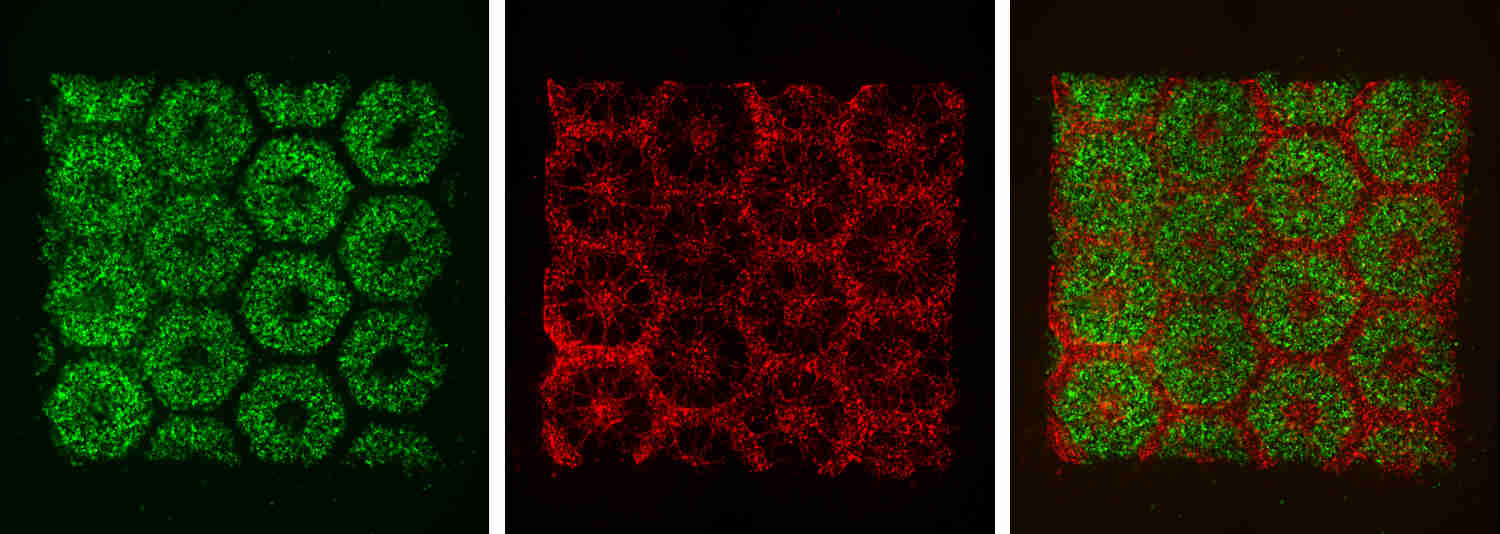A team of engineers at the University of California in San Diego has created a tissue closely mimicking human liver tissue using 3D printing technology. The tissue model could find application in the field of patient-specific drug screening and disease modelling according to researchers and therefore save time and money in the development of new drugs.
Shaochen Chen, NanoEngineering professor at the UC San Diego Jacobs School of Engineering explained. “It typically takes about 12 years and $1.8 billion to produce one FDA-approved drug. That’s because over 90 percent of drugs don’t pass animal tests or human clinical trials. We’ve made a tool that pharmaceutical companies could use to do pilot studies on their new drugs, and they won’t have to wait until animal or human trials to test a drug’s safety and efficacy on patients. This would let them focus on the most promising drug candidates earlier on in the process.”
The research team has created a tissue model that structurally and functionally resembles the human liver. It consists of a combination of liver cells and supporting cells that are systematically organised in a hexagonal pattern. The process to 3D print these models has been developed in Shaochen Chen’s lab in 2014. In a first step, a honeycomb pattern of 900 micrometer-sized hexagons, each containing liver cells derived from human induced pluripotent stem cells, are 3D printed. Then, the supporting cells are printed in the spaces between hexagons containing the stem cells, resulting in a 3 x 3 mm small and 200 micrometer thick structure that can be cultured in vitro for at least 20 days. The whole process only takes a few seconds, compared to other bioprinting methods that usually take a lot longer.
Chen added: “I think that this will serve as a great drug screening tool for pharmaceutical companies and that our 3D bioprinting technology opens the door for patient-specific organ printing in the future.” He added: “The liver tissue constructed by this novel 3D printing technology will also be extremely useful in reproducing in vitro disease models such as hepatitis, cirrhosis, and cancer.”
The work titled “Deterministically patterned biomimetic human iPSC-derived hepatic model via rapid 3D bioprinting” was published in Proceedings of the National Academy of Sciences.
Subscribe to our Newsletter
3DPresso is a weekly newsletter that links to the most exciting global stories from the 3D printing and additive manufacturing industry.






















